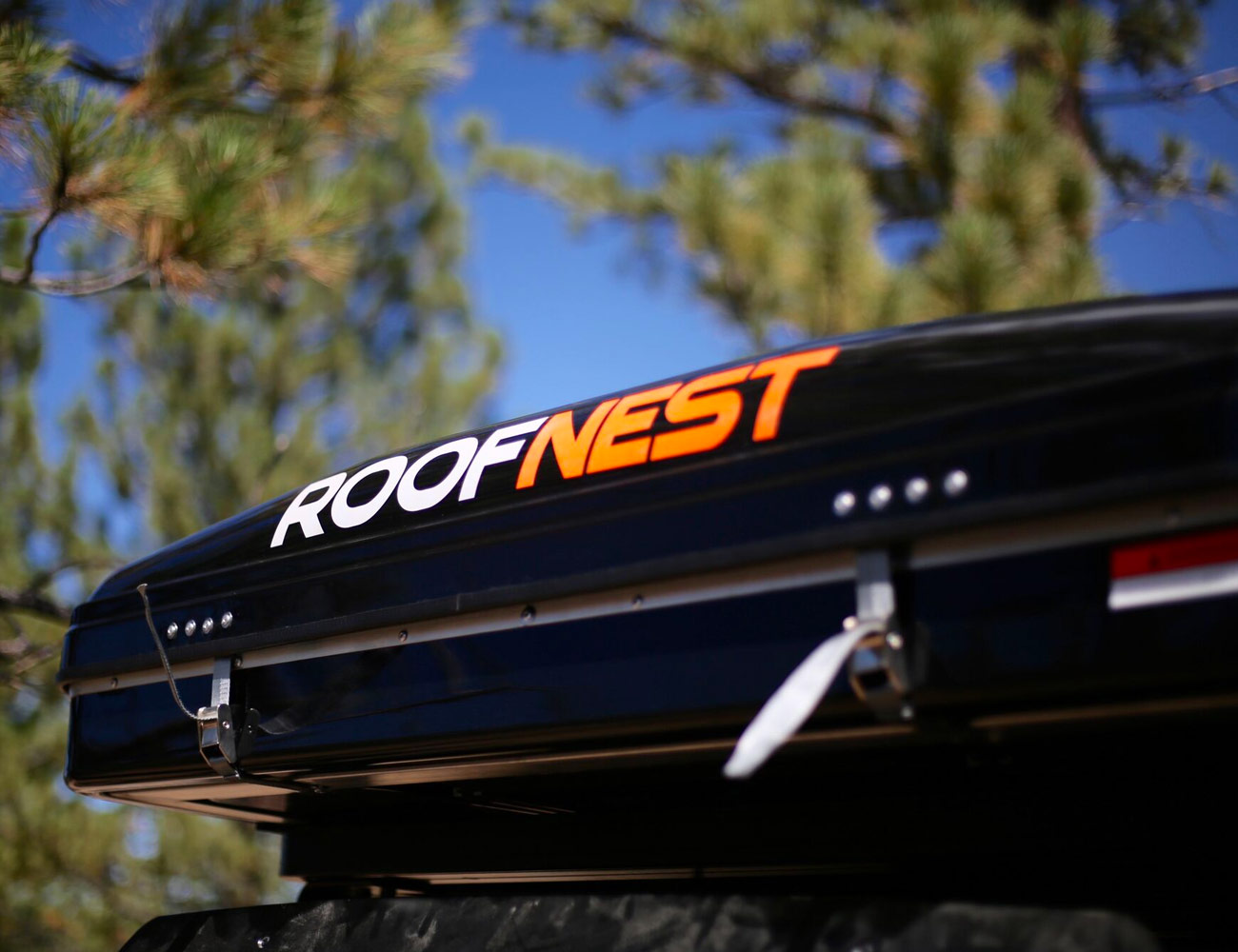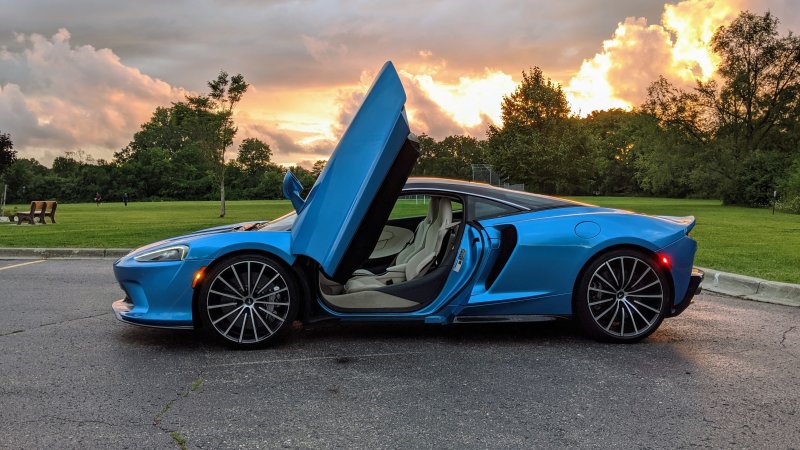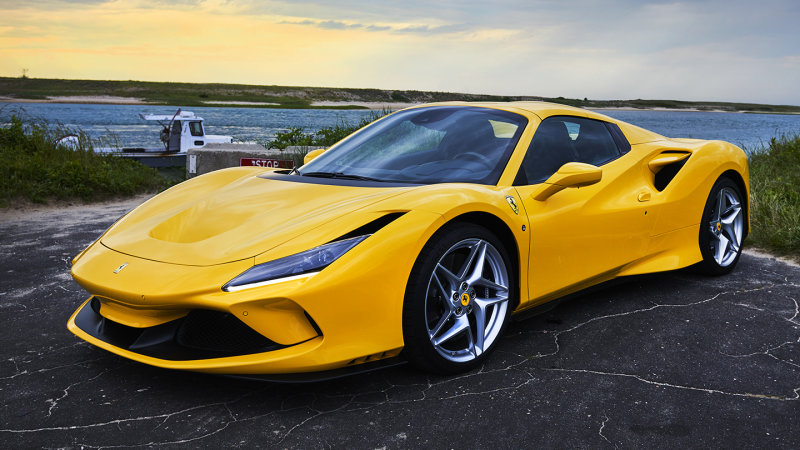The truth about the great outdoors is that it’s inherently uncomfortable. The bugs bite, the sun burns, the air chills and almost every task requires additional effort. Some revel in the discomfort, others loathe it; most agree that camping isn’t for everyone. While it’s true that certain aspects of adventure can’t be controlled, one of the pillars of a successful trip can be improved.
Picture your family camping trips as a kid or that one time your friend dragged you along with his family. There was probably a gas burning stove, a folding picnic table and the ubiquitous ground tent — how quaint. Today, the tables are more durable and the stoves are more compact, but the biggest difference is how we spend the night.
Tent technology has taken a huge leap in recent years. Backpackers can stuff a six-oz. domicile in their pocket and car campers can raise a four-walled fortress in 30 seconds. Admittedly, neither ultra-light nor ultra-plush tents are particularly cheap, but there are still ways to find a great deal. Roofnest is a newer player in the rooftop tent (RTT) arena – a segment that appeals most to overland enthusiasts and small families. As a hard shell tent manufacturer, Roofnest undercuts its competitors’ prices by a significant sum while touting the same features.
The Good: Nothing about the Roofnest Eagle is particularly revolutionary, but there are definitely some highlights. The fiber-reinforced ABS body is light and aerodynamic, easy to install and can accommodate two full size adults comfortably. Four zippered windows – one on each wall – permit excellent cross-breeze and side outlets allow ladder placement on either side of the vehicle. Quilted fabric lining keeps the inside of the tent very warm and looks pretty snazzy. The included telescoping ladder is the coolest I’ve sampled, with a wide, sturdy frame and dead-simple functionality. Interior storage is clever, with two detachable pocket organizers, a pair of coat hangers and netting over the center of the tent. Most compelling of all the Eagle’s selling points, though, is its price (more on that in the alternatives breakdown).
Who It’s For: Hard-shell RTTs make sense for those who don’t mind giving up their roof rack storage in exchange for one of the easiest sleep setups around. Advantages over ground tents are pretty clear: sleeping above ground affords security from critters, the days of fumbling with tent poles and stakes are over and you can store pillows, blankets and other sleepwear in your RTT semi-permanently. There are also a few perks over soft shell tents, including faster setup and teardown, improved aero-efficiency and a cleaner look. Roofnest offers its tents in a few shapes and sizes, but if you like your space or need room for a third guest (be it pup or child), you’ll want the flagship Eagle model.
Watch Out For: Roofnest doesn’t cut many corners, but I do have some concerns. Manufacturing in China is leagues better than it once was, but quality control still seems to be an issue. For example, the batch of tents mine was pulled from included a few units with defective gas struts. Stitching within the tent is acceptable, but there are errant patterns and loose threads in some places. Some of the rivets securing the external buckles to the tent are poorly installed. At 2.8 inches, the mattress is a little thin for adults over 150 pounds, and the foam padding retains its chemical odor long after unpacking for the first time. None of these elements are deal-breakers, but we can see where some additional cost may have gone into the development of rival tents.
Alternatives: Roofnest wants to swoop customers from two key competitors: James Baroud (out of Portugal) and Autohome (an Italian company). These two manufacturers have been in the game for longer and have much larger product portfolios. The most affordable tent of similar design and space from Autohome is its Airtop ($3,399); from James Baroud, you’ll be shopping its Evasion ($3,799). Roofnest’s Eagle enters the fray at a seriously compelling $2,695.
Mattress padding is more generous on both rivals — 3.0 inches for the Evasion and 3.5 inches for the Airtop. Both competitors also offer a third door opening/exit, which could come in handy if you have a pickup truck or prefer to exit the rear of the tent. The Evasion is shorter and narrower than the Airtop and Eagle, but is available in a larger size for $500 more. All manufacturers offer their tents in more than one color, but only Roofnest doesn’t charge for black paint. Both James Baroud and Autohome include a five-year warranty with every product, but Roofnest restricts coverage to one year.
Review: Out of the box, Roofnest’s Eagle and its included hardware installs easily onto a durable set of crossbars or an elevated rack. Our particular rooftop storage solution — a modular rack from Front Runner Outfitters — requires a unique mount and a couple wood slats to raise the tent over the rack’s lip. My Land Cruiser’s height certainly doesn’t ease the installation process, but with some help from Gearhead’s Garage, I can secure the tent in a couple hours.
I hang the tent a few inches off the back of the rack to leave some room at the front for firewood, gas tanks, or any other gear I wouldn’t want to store inside the truck. Despite the off-center positioning, the Eagle looks fantastic and doesn’t detract from the Cruiser’s classic style. After loading the rig with gear for our two-night trip, I hit the road, heading for California’s San Bernardino Mountains.
The drive to my campsite lets me test the tent’s aerodynamics and fuel economy impact. At speeds up to 75 mph (probably a good idea not to go faster than that with anything strapped to your roof), the Eagle creates some perceptible drag, but little wind noise. Factoring in traffic and a lot of elevation gain, the single mpg hit I see compared to runs without the tent is totally respectable.

Nearing our weekend digs, paved roads turn to dirt and rock. As the Cruiser rattles and undulates along the trail, the tent makes nary a peep from its perch. Finding a flat spot off the main road, I park the truck and get to work on the tent. After undoing four cam-locking buckles and pressing up at each end of the tent lid, the top rises with the help of internal gas struts. Pulling the telescoping ladder from its carry case, I hook the ends to one side of the tent and lock the steps in place. Unzipping the outer flaps at each window ushers a cool breeze through the tent. Just like that, our home away is set.
After a fun-filled day, I slink up the ladder and into the Eagle. An included LED lantern lights our bedtime preparations, and detachable organizers hold our keys, phone and loose items. Sleep comes quickly, but not before the tent warms with body heat. During the night, it’s hot enough inside to open a pair of opposing windows (which cools the interior back down quickly). At 175 pounds, I sink deep into the foam and only find a comfortable position on my back. A little extra padding would certainly be welcomed.
A lack of forethought means I’m not parked in any shade when the sun rises. The harsh light and rapidly rising interior temperature discourages us from lingering in the tent. On the bright side, I can indulge in a fresh cup of coffee and some gorgeous views a little earlier. After breakfast, our companions load up for a day of off-roading and exploration. After storing the ladder and closing the tent flaps, I simply pull down on the Eagle’s straps to close the lid. To complete the conversion, I tuck the loose fabric inside the tent and cinch down the buckles. The whole procedure takes two minutes.
Like the day before, the tent quietly bobs along during our unpaved exploits. Only as I drive under low-hanging trees do I adjust our line to avoid scraping the shell. Back at the campsite, I choose a better-shaded spot for the following morning and repeat the setup process. This time, though, the tent is more than three-degrees off-kilter. To fix the angle, I track down a flat rock, place it in front of one tire, and drive the Cruiser on top. Going forward, we’ll bring a leveling kit, but this does the trick for now.
The second night in the Roofnest is much like the first, but to prohibit overheating, I unzip two windows before turning in. This summertime solution proves ideal, and I pass the night in comfort. The shaded parking spot definitely cuts the morning light and heat, but the structure still becomes warm without a good breeze (much like a typical tent, to be fair). With 37 inches of headroom inside the tent, we can sit upright to change clothes easily. After tidying the cabin, I scurry outside to prep the tent for the journey home.
If this level of convenience gets old, it could only be because someone’s come up with a capsule-deployable tent or something equally revolutionary.
Verdict: Where it counts, the Roofnest Eagle is every bit the hard shell rooftop tent explorers want — at a steep discount. Take our advice: grab an Eagle and put those savings towards gear, gas and good times.
Read More Gear Patrol Reviews
Hot takes and in-depth reviews on noteworthy, relevant and interesting products. Read the Story





